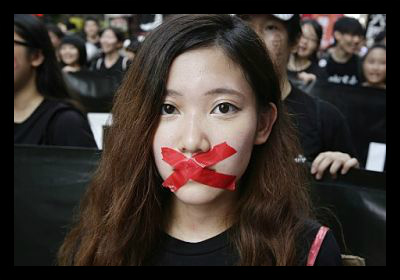While The Borgen Project and many other notable poverty-fighting organizations are situated in Seattle, opportunities to work for NGOs are everywhere. Across the country, Boston provides a metropolitan hub with a perfect atmosphere for encouraging global development. Here are just a few of the numerous NGO opportunities in Boston:
1. Grassroots International
Grassroots International makes its home on Boylston Street in Boston, and its mission is to create a more just and sustainable world by advancing people’s rights to the resources of land, food and water. The organization works in rural areas with small farmers, indigenous peoples and women focusing on human rights, the environment and sustainable agriculture. It accomplishes its goals through grant-making to financially support social movements, advocacy efforts in the U.S. and connecting various movements and organizations.
To become a part of the Grassroots International community, check out the jobs, internships and volunteer opportunities available on its website.
2. ACCION International
Working in Africa, Asia, Latin America and the U.S., ACCION International empowers people by providing them with economic opportunities through microfinance loans. ACCION is the largest micro-finance institution in the U.S. and is seeking to expand to under-served areas in India, China, Brazil and Sub-Saharan Africa. ACCION believes in a “financially inclusive world,” which is the driving force behind its work to improve people’s lives.
If ACCION International sounds like the Boston-based NGO for you, visit its work and volunteer page.
3. BNID
The Boston Network for International Development recognizes Boston’s capacity as a center for fighting global poverty and encouraging international development. Sponsored by Boston University’s Global Development Program and World Education, the BNID connects the city’s various international development institutions, educational facilities and concerned individuals.
There are many ways to get involved with the BNID. Its jobs page lists open positions and internships, and the events page features various events and volunteer opportunities such as the upcoming Bikes Not Bombs bike loading for Ghana on August 10.
As a bonus, the BNID lists the organizations it works with, which you can peruse to discover even more NGO opportunities in Boston.
-Abby DeVeuve
Sources: Grassroots International, BNID, ACCION International
Photo: BostInno
View Telecommute and Seattle Internships.

